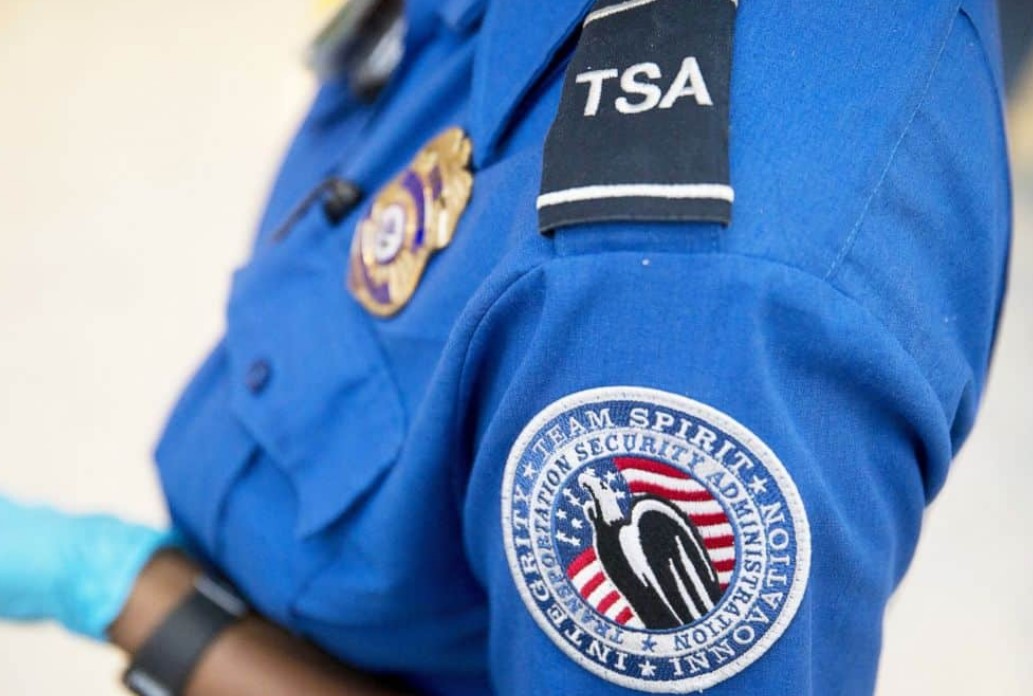 By Jim Nash
By Jim Nash
The Biden administration is selling its fiscal 2024 Transportation Security Administration budget request to the opposition-held House of Representatives, which will largely ignore the document.
Testifying late last month during a House joint Appropriation Committee and Homeland Security Subcommittee hearing, TSA administrator David Pekoske made the case for more ID authentication infrastructure.
But the numbers mentioned – almost all budget increases, not budget totals — were small compared to proposed spending boosts on staff.
The administration is asking for $1.4 billion to fully fund pay increases for TSA workers that began in fiscal 2023. Pekoske also asked for another $200 million to recruit and retain employees.
He said he needs an increase of $10.4 million for “cybersecurity staffing, as well as the development and implementation of enhanced cybersecurity-related measures to improve cyber resiliency” in the travel industry.
Credential Authentication Technology, or CAT, systems should get more money, according to Pekoske. The figures are meager, however.
CAT terminals are biometric authentication devices used in pre-screening roles to also match travelers approaching a terminal with their flight data. Government-accepted photos are matched to an image temporarily captured as a traveler stands before the terminal.
Pekoske told House members that this program demands an $11.3 million increase for maintenance, engineering contracts and tech support for CAT as passenger volumes increase.
(Nigeria is negotiating for a facial recognition system, perhaps similar to CAT, with NEC. Pilot projects could launch at airports in Abuja and Lagos.)
He said that another $11 million is needed for buy more terminals “to detect new and evolving threats to civil aviation” while trying to minimize passenger disruption.
The CAT program is at 57 percent of full operating capacity today, said Pekoske, and will not reach 100 percent until fiscal 2049.
Meanwhile, $19 million and 24 new positions are needed to expand the Real ID program, a federal plan to make it easier for officials to spot fraudulent state ID cards.
With this budget, the Biden is trying to convince lawmakers to go along with a budgeting gimmick to pay for TSA programs.
Right now, the agency tacks a fee onto passenger boarding passes to help reduce the federal deficit. Officials want to keep that money instead of passing it on.
Pekoske said doing that would “provide an additional $1.6 billion to directly offset” the TSA’s funding needs.
While he offered no estimated impact on his proposed budget, Pekoske told legislators that his agency continues to test digital ID at 19 airports. According to trade publication FedScoop, the program, in which passengers can identify themselves with IDs stored on their phone, could expand to Nashville and Luis Munoz international airports.
Source: Biometric Update
Jim Nash is a business journalist. His byline has appeared in The New York Times, Investors Business Daily, Robotics Business Review and other publications. You can find Jim on LinkedIn.
Become a Patron!
Or support us at SubscribeStar
Donate cryptocurrency HERE
Subscribe to Activist Post for truth, peace, and freedom news. Follow us on SoMee, Telegram, HIVE, Flote, Minds, MeWe, Twitter, Gab, What Really Happened and GETTR.
Provide, Protect and Profit from what’s coming! Get a free issue of Counter Markets today.

Be the first to comment on "TSA Fighting to Fund Biometric Screening Devices, Airport Digital ID Expansion"